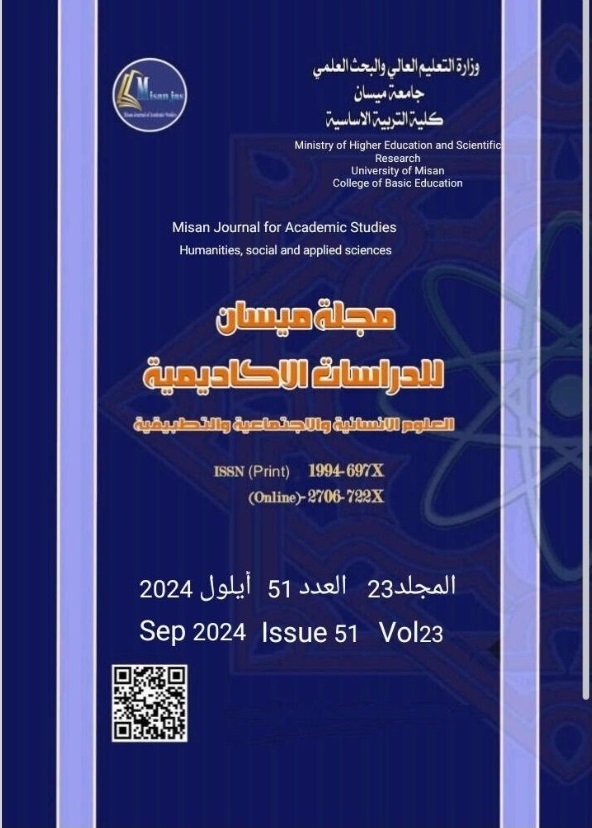Impact of erythritol air polishing in supportive periodontal care: literature review
Abstract
Background: Erythritol powder air polishing (EPAP) has emerged as a potential adjunctive treatment in supportive periodontal care (SPC). This literature review aims to evaluate the efficacy of EPAP in promoting periodontal health, focusing on clinical outcomes, microbial impact and patient-reported outcomes.
Methods: A comprehensive search was conducted in Google Scholar, PubMed, and Scopus to identify systematic reviews with meta-analyses and human, peer-reviewed clinical studies published between 2014 and 2024. Inclusion criteria encompassed studies evaluating EPAP in SPC, while exclusion criteria ruled out non-periodontal therapy studies and non-peer-reviewed articles.
Results: The search yielded 37 studies that met the inclusion criteria. Key findings include significant reductions in periodontal pocket depths, bleeding on probing, and plaque index scores with EPAP. Patient-reported outcomes indicated higher satisfaction, significant microbial impact and reduced post-treatment sensitivity with EPAP compared to traditional scaling and root planing (SRP).
Conclusion: The review suggests that EPAP is an effective adjunctive treatment in SPC, offering significant clinical improvements, reduced tissue damage, and greater patient comfort. EPAP shows promise for integration into routine periodontal maintenance protocols. However, further long-term randomized controlled trials are necessary to confirm its benefits and establish its role in periodontal therapy.
Downloads
Copyright (c) 2024 (Humanities, social and applied sciences) Misan Journal of Academic Studies

This work is licensed under a Creative Commons Attribution-NonCommercial-NoDerivatives 4.0 International License.
The copyright is also the copyright of the magazine only.
All articles published in our magazine are subject to license terms
Creative Commons Attribution(CC BY-NC-ND 4.0) This license permits the content to be reproduced, redistributed and reused in whole or in part for any purpose free of charge, without any permission from the author(s), researcher or student.
Works submitted to Maysan Journal of Academic Studies for publication in the journal (CC BY-NC-ND 4.0) license terms. Where available content can be shared, distributed and replicated provided there is no commercial profit and appropriate credit must be given to the original source through sources or citations. It is mandatory to review any material used from other sources including shapes, tables, and images for re-use under the terms of the Creative Commons License (CC BY-NC-ND 4.0).Provided that there is no modification to the original content



